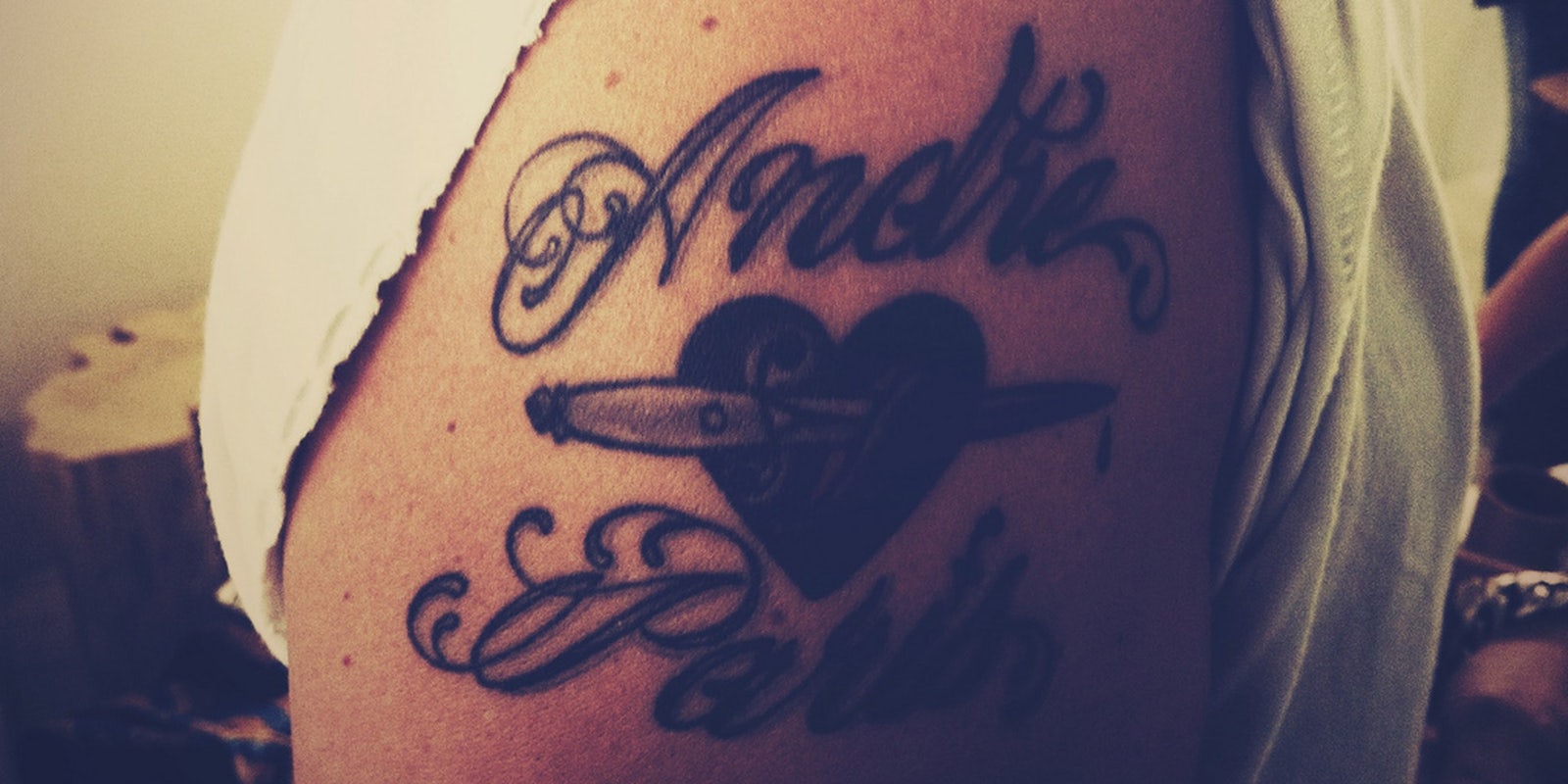It was only a matter of time before government technology caught up with Hollywood’s version of identifying suspects’ tattoos based on computer algorithms.
Law enforcement officials are working with computer scientists to develop tools to analyze tattoos through image recognition software. The National Institute for Standards and Technology hosted a tattoo recognition technology challenge workshop earlier this week asking scientists and engineers to come up with better ways to automate tattoo recognition to identify criminals and victims in a faster, more comprehensive way.
Identifying tattoos is a time-consuming and often incomplete process. Tattoo databases use keywords to identify ink, and the process is flawed. For instance, a tattoo of a wolf or a tattoo of a puppy might both be in the system under the word “dog.” These systems rely on human judgement to input details—and people see things differently.
The government wants to make cataloging and searching tattoos automated. Considering one in five Americans has a tattoo, that’s a massive database. And often gang members or other criminals identify each other with tattoos, which makes connecting individuals through ink a potentially important part of criminal investigations.
Six teams participated in the challenge, and initial tests of their image recognition algorithms fared quite well when identifying tattoos, finding multiple photos of the same tattoo on the same person, and discerning small details of tattoos from a larger one, according to Mei Ngan, computer scientist at NIST.
Using image recognition to identify subjects’ tattoos isn’t a new idea. In 2007, researchers at the University of Michigan created the prototype for an automated tattoo imaging database. And in 2013, the same researchers proposed a solution to what Ngan says is still a major issue among tattoo recognition—detecting a tattoo from a sketch or a source that isn’t a photo.
The government still has a ways to go before tattoo imaging catches up with other biometric scanning like fingerprints or even image recognition from photos reflected off the eyeball. But once the government database is clever enough to identify a person based on a tattoo of a rose, the ink a suspect received to be unique might actually be what makes him identifiable to the government.
